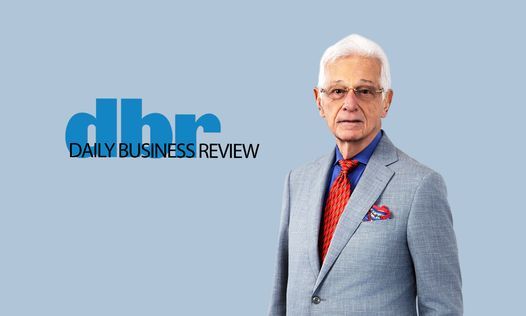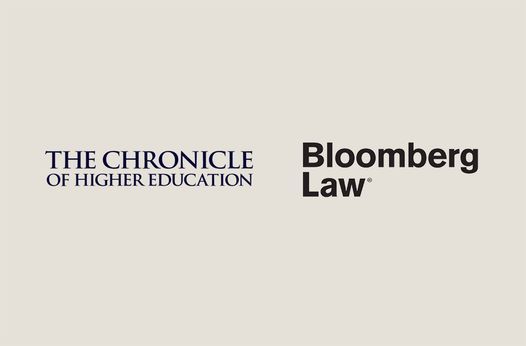Implied Indemnity Claims in Medical Negligence Cases Governed by 735 ILCS 5/13-212(a)
Medical Litigation Alert
Healthcare Alert | 3 min read
Feb 25, 2011
On January 21, 2011, the Supreme Court of Illinois issued its opinion in Helen Uldrych v. VHS of Illinois, Inc.,d/b/a MacNeal Hospital, et al. , Docket No. 110170, a case in which the plaintiff administrator in the underlying medical negligence suit sought recovery against two separate health care entities under a theory of vicarious liability. In February 2003, the administrator’s husband underwent a gastric bypass procedure at a hospital, giving rise to the underlying suit. On August 27, 2008, the hospital filed a counterclaim against a surgical practice and two doctor defendants, seeking indemnity for the $1 million payment it made in settlement of the underlying action.
The surgical practice and the doctor defendants sought dismissal of the counterclaim for indemnification, arguing that it was barred by the four-year limitation of the medical malpractice statute of repose, 735 ILCS 5/13-212(a) (2002). The circuit court dismissed the counterclaim as time-barred pursuant to Section 13-212(a), and the appellate court affirmed. The Illinois Supreme Court then confronted the issue of which statute of repose applied to the hospital’s counterclaim. In addressing this issue, the Court considered three statutes: (1) 735 ILCS 5/13-204 (two-year limitation governing all actions for contribution and indemnity unless otherwise specified); (2) 735 ILCS 5/13-205 (five-year limitation governing actions on unwritten contracts, either express or implied); and (3) 735 ILCS 5/13-212(a) (four-year limitation governing medical malpractice actions applicable to contribution claims arising out of patient care).
The Supreme Court first noted that the Illinois General Assembly gave 735 ILCS 5/13-204 preemptive effect over other statutes of repose, where the underlying action in which the contribution or indemnity claim arises seeks recovery for injury to or death of a person. The Court then explained that the legislature created an exemption, 735 ILCS 5/13-204(e), for contribution and indemnity claims arising from suits involving medical or other healing art malpractice specifically. The Court further noted various decisions in which courts had concluded that 735 ILCS 5/13-212(a) was the applicable statute of repose when the above noted exemption is triggered. Against this backdrop, the Court concluded that the legislature intended the medical malpractice statute of repose, 735 ILCS 5/12-212(a), to apply if the underlying action for which contribution or indemnification is sought involves medical or healing art malpractice.
Nevertheless, the hospital argued that the legislature intended 735 ILCS 5/13-205 (and its five-year limitation period) to apply to its counterclaim, which the hospital argued was quasi-contractual in nature. The hospital argued that when the 735 ILCS 5/13-204(e) exemption is triggered, courts must assess the nature of the liability of the party seeking indemnification in determining which statute of repose applies. The hospital reasoned that because its position in the case as a “blameless principal” made its liability quasi-contractual in nature, the statute or repose governing contractual claims and its five-year limitation applied. The Supreme Court reasoned that the hospital’s position could not be reconciled with the statutory scheme or case law, noting that even if it considered the nature of the hospital’s liability, implied indemnity actions are subject to the provisions of 735 ILCS 5/13-204, not 735 ILCS 5/13-205. Ultimately, the Court’s decision clarifies that in determining which statute of repose applies courts must look to the nature of the underlying suit from which the contribution or indemnity claim arises, rather than to the liability of the party seeking indemnification. The Court noted that it found the legislature’s intent clear and unmistakable in calling for all actions for damages arising out of patient care to be subject to the statute of repose limitations of 735 ILCS 5/13-212(a) and its four-year limitation period, including contribution and indemnity claims.
For further information, please contact Dawn A. Sallerson or your regular Hinshaw attorney.
This alert has been prepared by Hinshaw & Culbertson LLP to provide information on recent legal developments of interest to our readers. It is not intended to provide legal advice for a specific situation or to create an attorney-client relationship.
Related People
Featured Insights

Employment Law Observer
Dec 8, 2025
12 Days of California Labor and Employment: 2025 Year in Review

Press Release
Dec 4, 2025
Hinshaw Recognized by the Leadership Council for Legal Diversity as a 2025 Top Performer

Press Release
Nov 25, 2025
Hinshaw Legal Team Secures Summary Judgment in Gas Station Injury Case

Press Release
Nov 18, 2025
Hinshaw Releases the Third Edition of Duty to Defend: A Fifty-State Survey

In The News
Nov 13, 2025
A Profile on Neil Rollnick: After 57 Years in Practice, He Has No Plans to Retire

Press Release
Oct 22, 2025
Hinshaw & Culbertson LLP Launches New Website and Refreshed Brand






